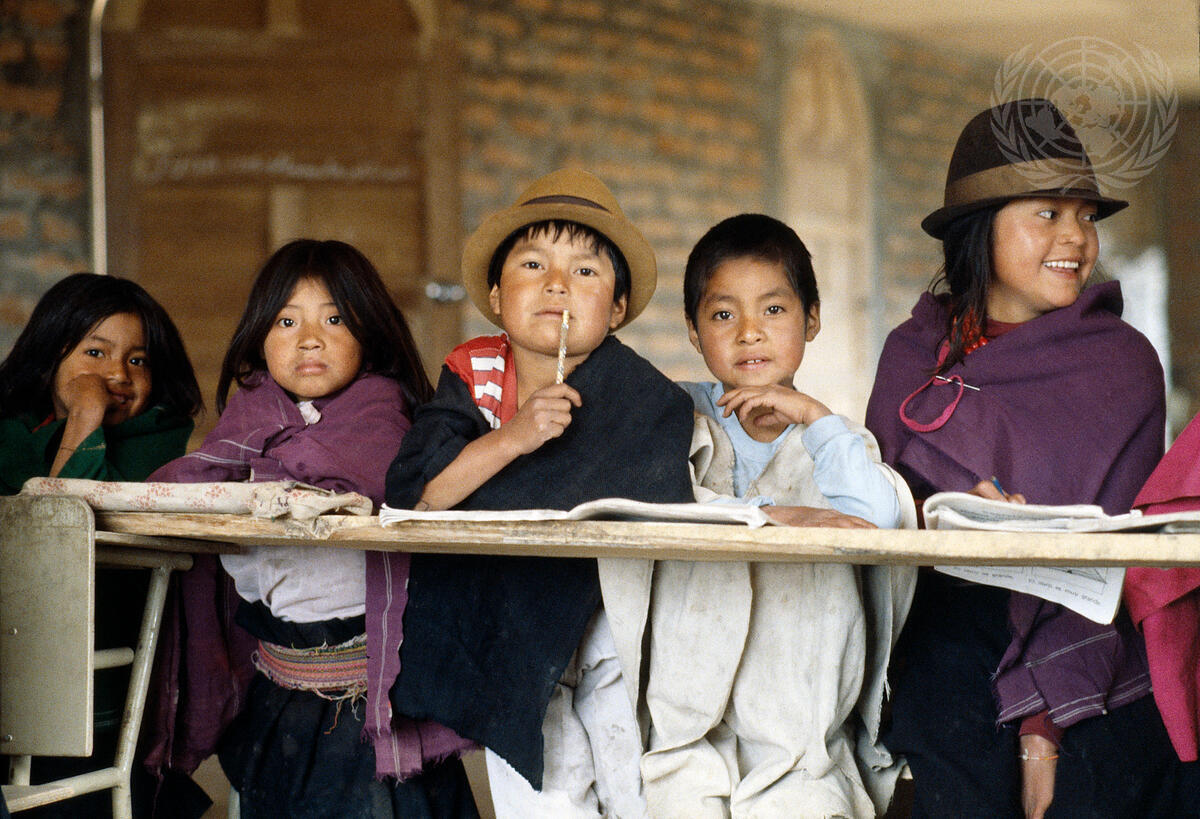ILO: Indigenous children at high risk of being in child labour

A recent analysis by the International Labour Organization (ILO) has shed light on the connection between child labour and the exclusion of indigenous children from education, highlighting the marginalization faced by indigenous communities. The analysis reveals that indigenous children experience educational disadvantages, rendering them more susceptible to engaging in child labour.
In the countries examined, indigenous children tend to have lower school attendance rates compared to their counterparts, particularly indigenous girls. The “Issue paper on child labour and education exclusion among indigenous children” underscores the significant over-representation of indigenous children in hazardous labour. Many of them are employed in agriculture, but they can also be found in construction, commerce, manufacturing, and domestic work.
The research highlights substantial regional disparities. For instance, in Peru, child labour among indigenous children is nearly three times higher than the national average, while in Ecuador, indigenous children are about 11.6 times more likely to be engaged in hazardous work compared to the overall child population. The child labour among indigenous children stems directly from the social, economic, and cultural marginalization experienced by indigenous communities.
These communities are disproportionately affected by extreme poverty, land dispossession, the impacts of climate change and conflict, limited access to essential services, and challenges in preserving their traditional ways of life. In response to these challenges, indigenous children often find themselves compelled to work to support their families, becoming integral to their survival. This situation can lead to further consequences, such as the exploitation of indigenous girls by human traffickers who exploit the breakdown of family and community bonds.
The analysis stresses that addressing child labour and educational exclusion requires comprehensive responses that encompass the promotion and protection of the broader rights of indigenous peoples. This includes efforts to establish mechanisms for the active participation of indigenous peoples in decision-making processes, the design, and implementation of policies and programs, access to culturally appropriate and high-quality education, social protection, and the protection of indigenous peoples' land rights.

